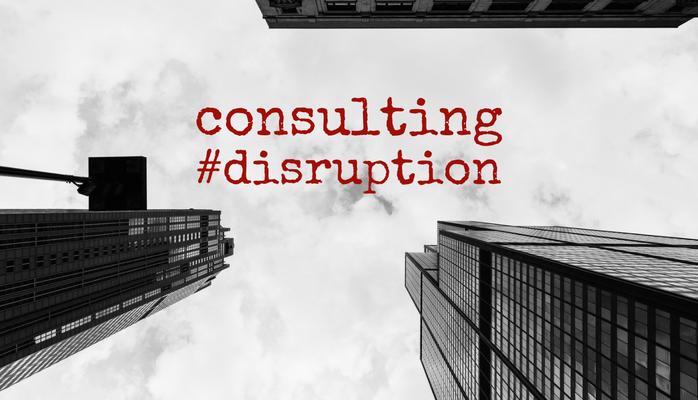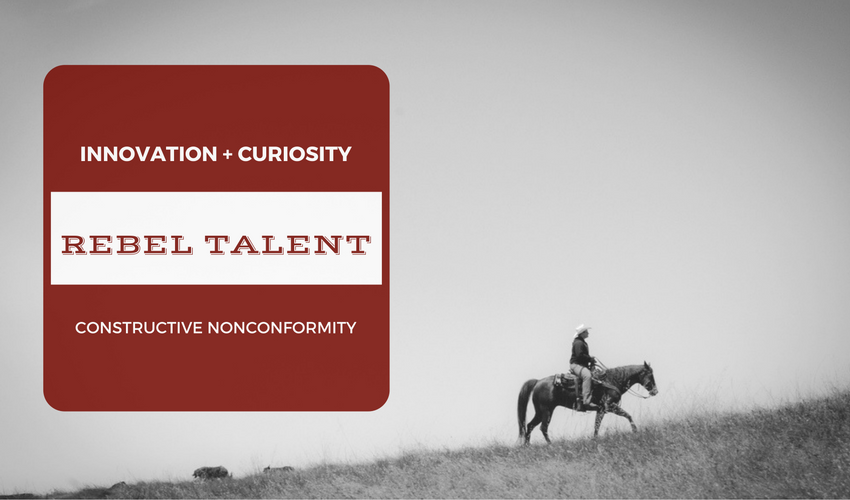Gaining a Competitive Advantage Through Predictive Analytics
- What is Predictive Analytics? Learn the about the process, applications, software and more here.
- Click here to learn how to put predictive analytics to work from Eric Siegel, author of Predictive Analytics.
- Read how to convert analytics into action here.





